For Product Registration and general enquires please contact us
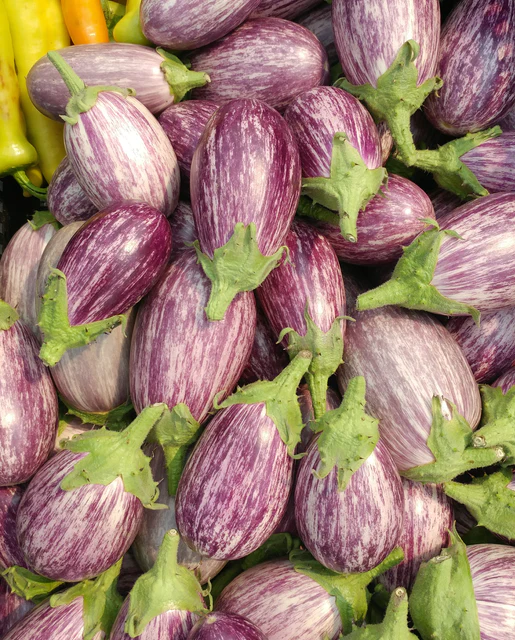
Piccolo F1 Certified Organic
$13.79 – $57.99
CERTIFIED ORGANIC. This eye-catching eggplant has pretty purple and white speckled skin that covers firm flesh that is perfect for both stuffing and pickling.
Shipping & Returns
West Coast Seeds ships anywhere in North America. However, we are not able to ship garlic, potatoes, asparagus crowns, bulbs, onion sets, Mason bee cocoons, or nematodes outside of Canada. We regret, we cannot accept returns or damages for orders outside of Canada. The minimum shipping charge to the US is $6.99.
Description
More details about Piccolo F1 Certified Organic
CERTIFIED ORGANIC. This eye-catching eggplant has pretty purple and white speckled skin that covers firm flesh that is perfect for both stuffing and pickling. The charming, egg-like fruits are plump and oval, about 8x10cm (3″x4î) in size, and they have a long shelf life. The hybrid plants are vigorous and productive in the open field or greenhouse. Piccolo is parthenocarpic so fruits can set without fertizilation. We grew this eggplant in our field trials with fantastic results. The plants were immensely productive and the tasty fruits kept on coming all summer long.-
- Vigorous and highly productive
- Miniature, oval, purple and white striped fruits
- Firm flesh with excellent storage ability
All About Piccolo F1 Certified Organic
Latin
Solanum melogena
Family: Solanaceae
Difficulty
Easy.
Season & Zone
Season: Warm season
Exposure: Full-sun
Timing
Sow indoors in the four weeks following the last frost date. Use bottom heat, and keep seedlings warm. Optimal soil temperature: 24-32°C (75-90°F). Seeds should sprout in 7-12 days.
Starting
Sow seeds 5mm-1cm (¼-½”) deep. Use individual peat or coir pots to reduce root disturbance when transplanting. Transplant after night time temperatures are steadily 10°C (50°F) or warmer. Space with 45-60cm (18-24″) between plants. Medium size (3-5 gallon) containers for individual plants also work well.
Days to Maturity:
From transplant date.
Growing
Ideal pH: 5.5-6.0. Soil should have abundant phosphorus and calcium, so add lime and compost to the soil three weeks prior to transplanting. Mix ¼-½ cup of complete organic fertilizer into the soil beneath each transplant. Using a clear plastic cloche or floating row cover helps growth by increasing heat. Cool temperatures increase leafy growth, but delay fruit set. Once most eggplants get going in the summer, they are highly productive right up until the first frosts.
Harvest
Pinch off blossoms 2 to 4 weeks before first expected frost so that plants focus on ripening any existing fruit, not producing new ones. Harvest the fruit anytime after the fruit reaches half of their size. Harvesting early prevents fruit from becoming too seedy, and will encourage more production from the plants.
Do not pull the fruit off the plant, but cut it with scissors or secateurs, being careful to avoid any sharp spurs at the stem end.
Seed Info
In optimal conditions at least 65% of the seeds will germinate. Usual seed life: 3 years.
Pests:
Aphids – A hard spray of water can be used to remove aphids from plants. Wash off with water occasionally as needed early in the day. Check for evidence of natural enemies such as grey-brown or bloated parasitized aphids and the presence of larvae of lady beetles and lacewings. If the plants are healthy, aphids will probably never be a problem.
Flea beetles – Control weeds. Use row covers to help protect plants from early damage. Put in place at planting and remove before temperatures get too hot or plants start to flower.
Colorado potato beetles – Handpick beetles, larvae and eggs.
Cutworms – Use cardboard collars around transplants it cutworms are a problem.
Diseases:
Verticillium wilt – This is the most serious disease of eggplant. Remove and destroy an entire infested plant, along with immediately surrounding soil and soil clinging to roots. Set into soil where you have never planted tomatoes, peppers, or strawberries
Tobacco Mosaic Virus – Young growth is malformed and leaves are mottled with yellow. To prevent it, wash hands after handling tobacco (including Nicotiana), before touching plants. Control aphids, which spread the disease.
Companion Planting
Eggplants are a good companion for amaranth, beans, marigolds, peas, peppers, spinach, and thyme. Do not plant eggplants near fennel.
More on Companion Planting.






How to Grow Eggplant

Step 1: Timing
Sow indoors in the four weeks following the last frost date. Use bottom heat, and keep seedlings warm. Optimal soil temperature: 24-32°C (75-90°F). Seeds should sprout in 7-12 days.
Step 2: Starting
Sow seeds 5mm-1cm (¼-½”) deep. Use individual peat or coir pots to reduce root disturbance when transplanting. Transplant after night time temperatures are steadily 10°C (50°F) or warmer. Space with 45-60cm (18-24″) between plants. Medium size (3-5 gallon) containers for individual plants also work well.
Step 3: Growing
Ideal pH: 5.5-6.0. Soil should have abundant phosphorus and calcium, so add lime and compost to the soil three weeks prior to transplanting. Mix ¼-½ cup of complete organic fertilizer into the soil beneath each transplant. Using a clear plastic cloche or floating row cover helps growth by increasing heat. Cool temperatures increase leafy growth, but delay fruit set. Once most eggplants get going in the summer, they are highly productive right up until the first frosts.
Step 4: Germination
Days to maturity: From transplant date. In optimal conditions at least 65% of the seeds will germinate. Usual seed life: 3 years.
Step 5: Harvest
Pinch off blossoms 2 to 4 weeks before first expected frost so that plants focus on ripening any existing fruit, not producing new ones. Harvest the fruit anytime after the fruit reaches half of their size. Harvesting early prevents fruit from becoming too seedy, and will encourage more production from the plants. Do not pull the fruit off the plant, but cut it with scissors or secateurs, being careful to avoid any sharp spurs at the stem end.
Tips!
Disease: Verticillium wilt – This is the most serious disease of eggplant. Remove and destroy an entire infested plant, along with immediately surrounding soil and soil clinging to roots. Set into soil where you have never planted tomatoes, peppers, or strawberries. Tobacco Mosaic Virus – Young growth is malformed and leaves are mottled with yellow. To prevent it, wash hands after handling tobacco (including Nicotiana), before touching plants. Control aphids, which spread the disease. Pests: Aphids – A hard spray of water can be used to remove aphids from plants early in the day. Check for evidence of natural enemies and the presence of larvae of lady beetles and lacewings. Flea beetles – Control weeds. Use row covers to help protect plants from early damage. Put in place at planting and remove before temperatures get too hot or plants start to flower. Colorado potato beetles – Handpick beetles, larvae and eggs. Cutworms – Use cardboard collars around transplants it cutworms are a problem. Companion Planting: Eggplants are a good companion for amaranth, beans, marigolds, peas, peppers, spinach, and thyme. Do not plant eggplants near fennel.Additional information
| Matures | in 60 days |
|---|---|
| Season | Warm season |
| Exposure | Full sun |
| Quantity | 10, 25, 100 |
You must be logged in to post a review.




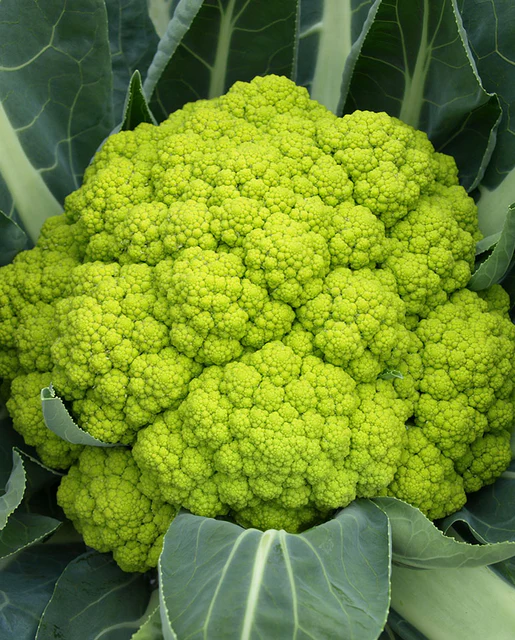
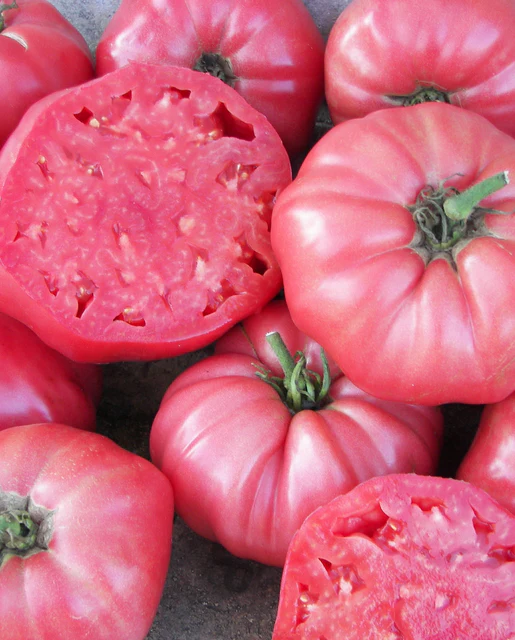
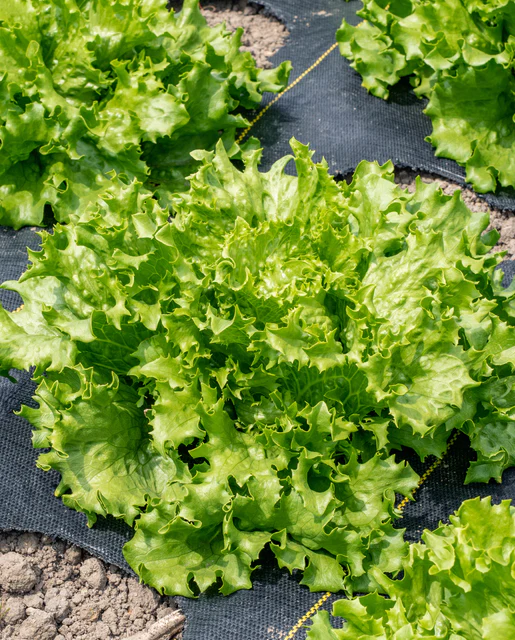
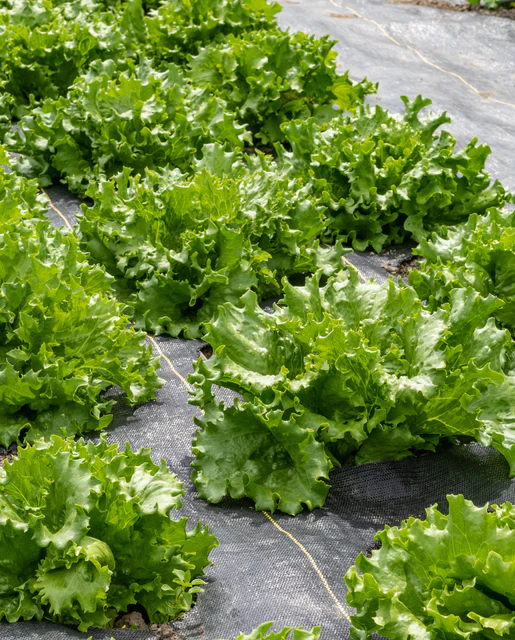

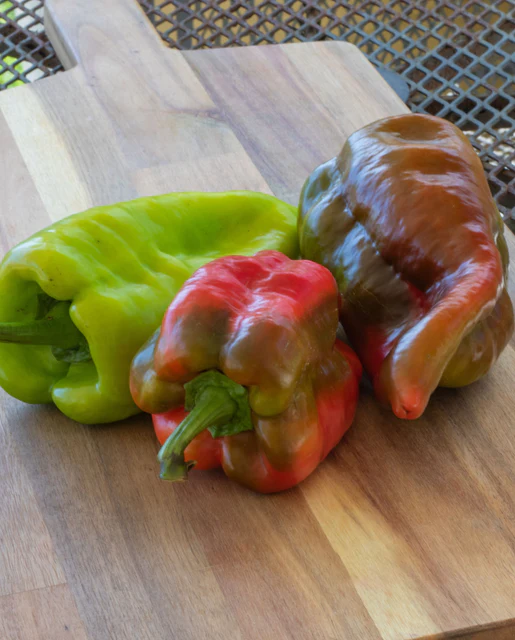




Reviews
There are no reviews yet.